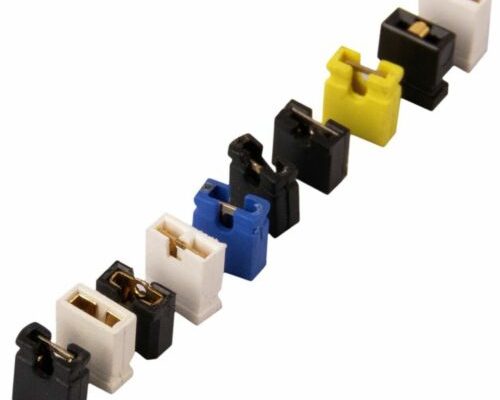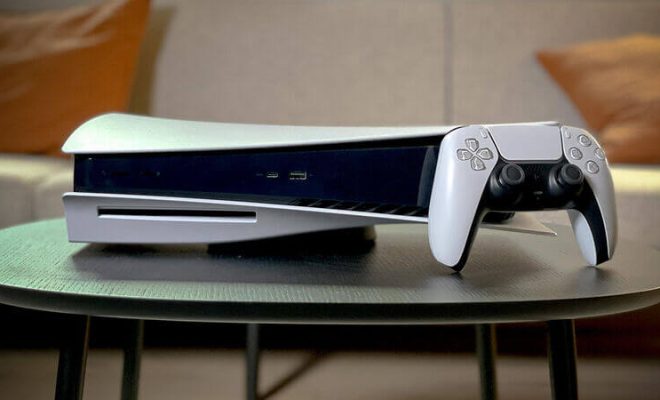What is Jumper?

Jumper is an electronic device that is capable of temporarily short-circuiting two portions of an electric circuit. These devices act like a bridge between two points of a circuit, allowing an electric current to flow between them. Jumpers are mainly used in electronic devices for various purposes, including testing, programming, and troubleshooting.
Jumpers play an essential role in electronic devices as they allow users to control the flow of current through the circuit board. These devices are small in size, usually less than an inch in length, and come in various shapes and colors. They can be made from different materials, such as metal, plastic, or rubber, depending on their intended use.
One of the primary applications of jumpers is in programming microcontrollers, which are tiny computer chips that control the functions of electronic devices. A jumper is a necessary component in programming these devices as it allows the user to connect specific pins on the microcontroller to the programming tool.
Another common use for jumpers is in testing electronic components. For example, if a user wants to test a circuit board’s voltage regulator, they may use a jumper to bypass the regulator and apply voltage directly to the rest of the board. This method allows them to identify whether the voltage regulator is functioning properly or not.
Jumpers are also useful for troubleshooting electronic devices. If a user is experiencing problems with a device, they can use a jumper to isolate the problem to a specific component or section of the circuit board. This process can help identify the source of the issue and allow the user to fix it more efficiently.
In summary, jumpers are an essential component of modern electronics. They allow users to control the flow of current through a circuit board, program microcontrollers, test components, and troubleshoot electronic devices. Understanding the purpose and application of jumpers is crucial for anyone working with electronic devices.






